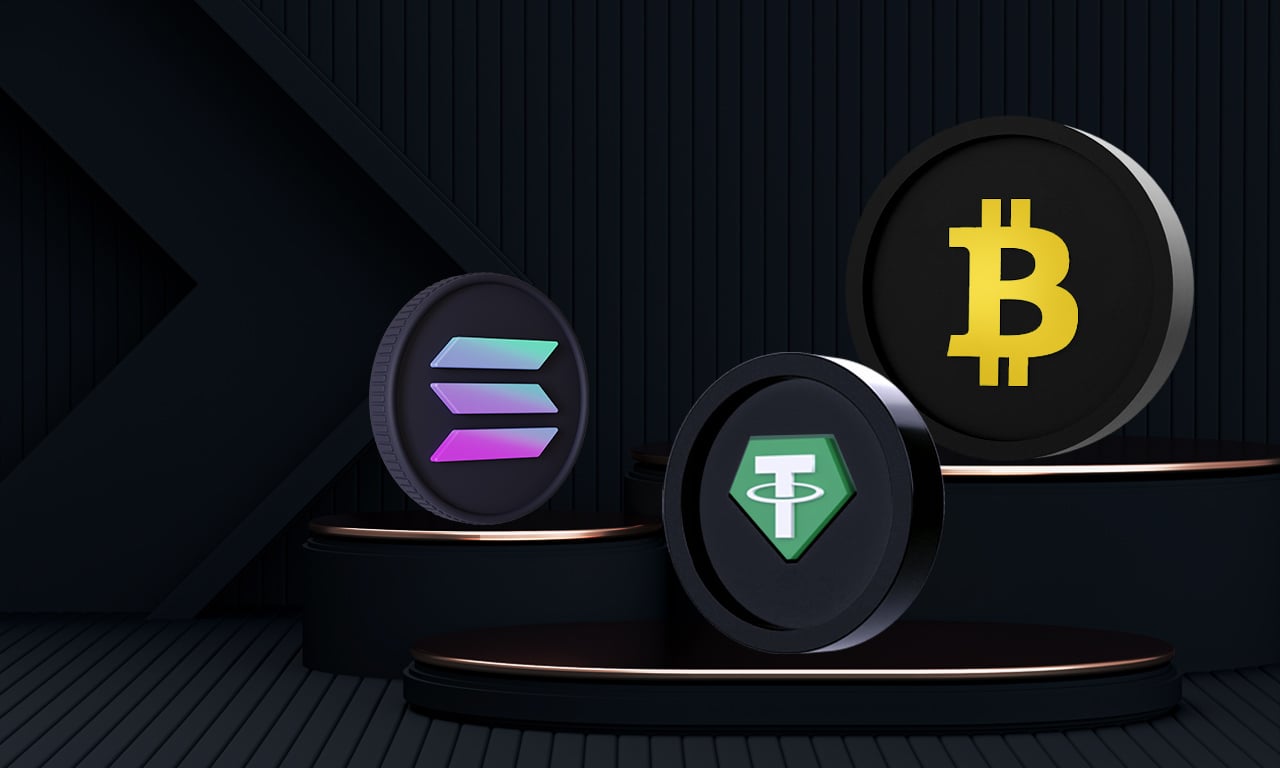As the first digital coin ever introduced, Bitcoin needs no introduction. Being the original cryptocurrency, it reserved the right to stand alone, whereas all the subsequent cryptocurrencies that followed fell under the umbrella of altcoins.
What are altcoins?
Altcoins, quite literally, are alternative coins to Bitcoin, or in other words, any cryptocurrency that is not Bitcoin.
The first altcoin was created in 2011, and the world has seen thousands of new coins since then. The main goal of the first new alternative cryptocurrencies was to improve on the original Bitcoin’s functionality and, of course, create competition. With altcoins, developers aimed to reduce energy consumption, lower transaction costs, and speed up transactions.
Nowadays, the cryptocurrency market has evolved, and many altcoins have a whole different purpose than Bitcoin, which serves as a decentralised payment method. Some of them operate on the same blockchain but as separate entities, while others are based on entirely different blockchains. The Ethereum blockchain, for example, was designed to create decentralised apps, and Ether was created as a form of payment on this blockchain.
Can you trade altcoins?
Definitely yes. Due to the high volatility they offer, a lot of altcoins are very popular for day trading, as traders are attracted by the huge price swings that bring multiple trading opportunities. However, high volatility means high risk too, and the internet is full of stories where people lost their savings because of some massive price drop.
On Deriv, this risk is minimised because you don’t need to buy or own the actual crypto coins to trade them. Whether you choose CFD trading or multipliers, you only predict the future price direction of a crypto asset and profit if your prediction is correct. However, this doesn’t mean that the risk is eliminated entirely. It is crucial to have risk management tools such as stop loss in place to protect yourself from losing more than you anticipate.
In addition to managing your risks, it’s also essential to understand what affects crypto prices and set a proper trading strategy. Technical analysis is one good way of doing it, as it offers multiple tools to help you evaluate the market and make educated trading decisions.
Moreover, Deriv offers one more option for crypto fans. You can trade on any market with crypto. In this case, you would need to create a cryptocurrency account first and buy some crypto. Your potential payouts will be in cryptocurrency too, so trading with crypto gives you a chance to get more crypto without buying it.
If you prefer trading on crypto prices but are not comfortable with high volatility, the crypto world has something to offer you, too, as not all altcoins are subject to big price jumps. Stablecoins, for example, have a whole different concept.
What are stablecoins?
Stablecoins are cryptocurrencies that have their value attached (or pegged) to another asset that is less volatile/that has a more stable value, such as fiat currency, commodities, or another crypto at a 1:1 ratio. In most cases, it’s USD or gold. That’s exactly where the part “stable” comes from, as the value of stablecoins is considered much more stable and their prices are less volatile compared to other cryptocurrencies.
The first stablecoin was issued in 2014 with the intention of creating a secure medium of exchange within the crypto ecosystem that will maintain its value without experiencing significant losses or gains. Nowadays, traders use stablecoins to complete various crypto transactions, such as buying and selling volatile crypto assets, without interacting with the traditional financial system.
However, the crash of Terra in May 2022 made it clear that even stablecoins can lose their value in just a few hours, which means they still carry traditional crypto risks. If you want to understand more about how stablecoins work, check our blog on stablecoins, where we explore the topic in detail.
Can you trade stablecoins?
Yes, you can. Just like with other altcoins trading on Deriv, you don’t need to buy the actual stablecoins to be able to trade them. Predict the future price movements, set your risk management tools, and you are good to go without risking losing the entire value of a coin even if it crashes.
In general, stablecoins are not very popular for day trading activities due to their low volatility. However, despite the fact that most stablecoins have their values pegged to another asset with the 1:1 ratio, their prices can still fluctuate. It’s not a significant fluctuation, usually – less than a cent. But if you are trading large volumes or do not favour big price swings, this slight fluctuation can still make a difference.
On the other hand, stablecoins are quite popular to trade with, and Deriv has quite a few options when it comes to stablecoins crypto accounts. Trading with stablecoins is no different from trading with fiat money, and your payouts will also be done in crypto, just like with any other cryptocurrency account.
If you are just getting into crypto trading, it’s always a good idea to practise trading with a demo account first, without any risk at all. It’s pre-loaded with USD 10,000 virtual funds and has all the same features as a real money account.
Disclaimer:
Cryptocurrency accounts are not available for clients residing within the EU.
This content is not intended for clients residing in the UK.
